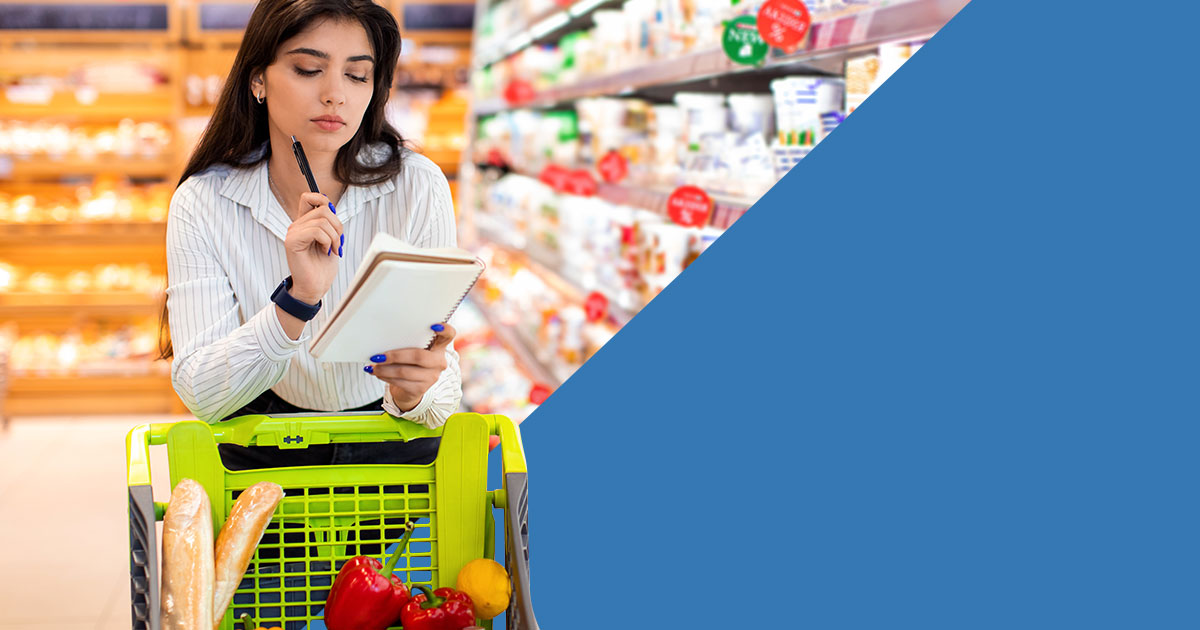
Prices for foodstuffs have been rising sharply for the last two years as a result of growing demand, and higher fertilizer and fuel prices have added to the cost of producing food.
February 2022 figures showed that the food prices were already at an all-time high because of limited global supplies. The war between Russia and Ukraine only made the matter worse, weighing on agricultural markets, complicating the logistics, and creating doubt on whether international markets will be provided with sufficient food to meet the import needs of the expanding global population. Both countries are the main producers and exporters of wheat as well as several other commodities.
All the information you need in one place. Add EquityRT to your toolkit for quality investment research.
There is no sign of stabilizing food prices in 2022. Shortages of certain foodstuffs such as wheat and sunflower oil and fertilizer are not still away.
Despite the impact on food exports due to the war in Ukraine, the FAO “Cereal Supply and Demand Brief” forecasts global wheat production in 2022 will reach 784 million tonnes (1.1% y/y). This is because of favorable production trends in regions like China, India, North America, and the European Union, which could help stabilize global markets and ensure food safety for people who are at risk of hunger.
Report by Özge Gürses | Macro Research at EquityRT
Disclaimer: The information in the publication is not an investment recommendation and it is not an investment or an offer or solicitation to purchase or sell any financial instrument. Reasonable care has been taken to ensure that this publication is not untrue or misleading when published, but EquityRT does not represent that it is accurate or complete. EquityRT does not accept any liability for any direct, indirect, or consequential loss arising from any use of this publication. Unless otherwise stated, any views, forecasts, or estimates are solely those of the author, as of the date of the publication and are subject to change without notice.
